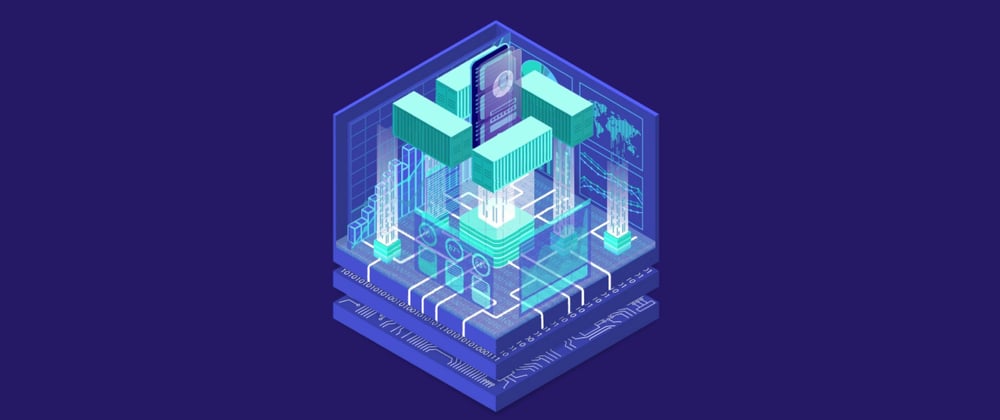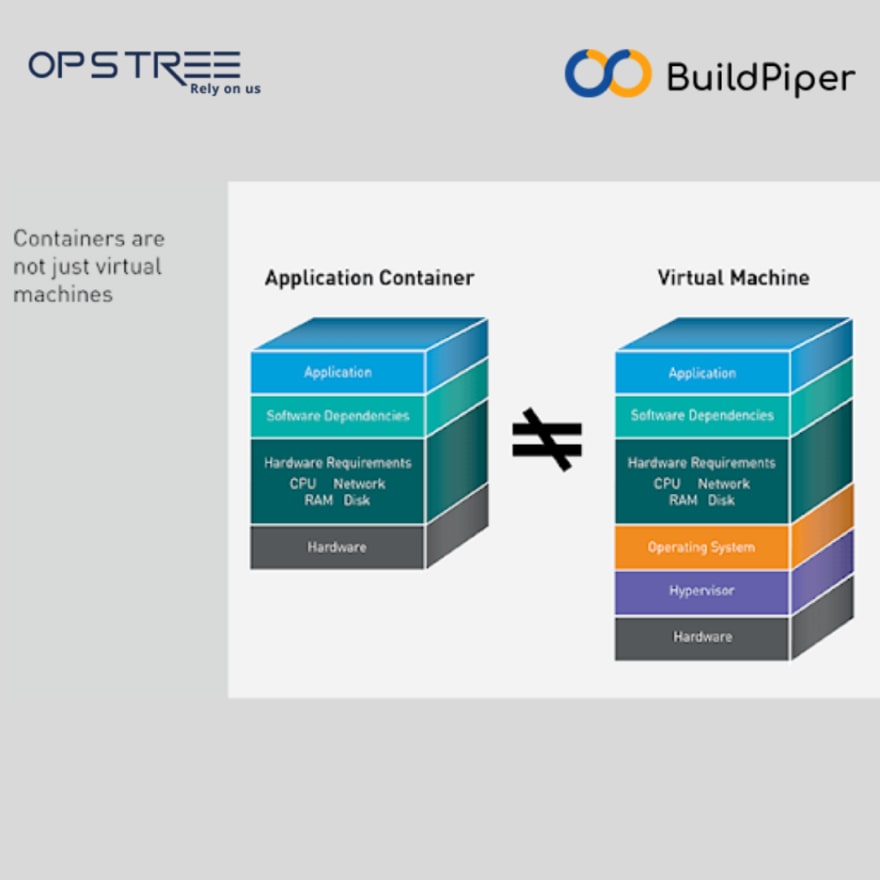The container management market has shown rapid growth in recent years. The projected revenue growth is around $944 million ( ~ $1 billion) by 2024, from $465.8 million in 2020,says Statista.
Let’s get started with what “Containerization is,” followed by “Application Containerization.”
What is Containerization?
To put it simply, consider it as an alternative or a companion of “Virtualization.” We can define “Containerization” as the encapsulation or packaging of a software code and all its dependencies to make it run independently on any infrastructure. These units are called containers, wherein they share the machine’s operating system kernel, not requiring the overhead of associating an operating system within each application.
Why do you need Containerization?
Containerization facilitates the developers to create and deploy applications faster and with much security. If you’re thinking “Why containerization?” Then, if not for it, a code developed in a particular environment (say Linux), when transferred to a different location (say Windows OS), often results in bugs and errors. A single package of software or “container,” abstracted from the host, contains the application code bundled with related configuration files and dependencies, which helps in eliminating the bugs and errors. In other words, application code written once can be run anywhere.
With containerization being widely popular, an important aspect that seems to the utmost concern for enterprises today is managing, controlling and deploying these containers, (also known as container orchestration). Read more about container orchestration services ruling the market, here in this blog.
(ECS vs Kubernetes)
According to 451 Research, Containers will be a $2.7Bn market having a CAGR of 40% by the end of 2020.
What is Application Containerization?
Application Containerization is the encapsulation of an application into a single executable package or container where the application code bundles together with all of the related configuration files, libraries, and dependencies required for it to run “isolated.” When you’re already reading about application containerization, let’s get you familiar with the term “isolated.” The term “isolated” means that the package does not bundle in a copy of the operating system. It is possible when an open-source runtime engine is installed on the host’s operating system and becomes the conduit for containers to share an operating system with other containers on the same computing system.
Advantages of Application Containerization!
The rapid adoption of containerized applications by enterprises as a superior approach to application development and management must have prompted this question in your mind. Why containerization is important and why businesses these days are going for containerization? What do containerized applications offer? Here are some of the major advantages of application containerization.
Let’s discuss!
-Speed:The elimination of the overhead of running an operating system within each application makes containers smaller in size and faster to start, thereby driving higher server efficiencies.
-Security: Due to the isolated nature of these containers, the chances of a malicious code present in one container impacting other containers or invading the host system becomes less.
-Portability: The portability of these containers allows the developers to use the tools and processes anywhere - on traditional “bare metal” servers, either on-premise or in the cloud.
-Fault Isolation: As these containerized applications run independently of each other, failure of any container does not affect the continued operation of any other containers. Thus, making it easier for development teams to identify and correct any technical issues within one container without affecting the performance of others.
-Agility: The use of a containerized application gets even easier, as the container ecosystem has shifted to engines managed by the Open Container Initiative (OCI). With this, developers get the freedom to use Agile or DevOps processes for rapid application development and enhancement. The OCI also helps to broaden the choices for open-source engines to choose containerized applications.
Why Containerization or Application Containerization is a challenge?
Dealing with containerized applications might sound like plug-and-play, but it’s not! How?
Let’s try to understand “how?” The process starts getting complicated when it comes to executing them at scale. Because you need “something” to deal with issues like:
-Security
-Compliance
-Migrating traditional apps to containers
-Managing containers
-Choosing the right container management tool
-Lack of Resources/Expertise/Service Providers
The Need for a Container Orchestration Platform!
The container orchestration platform is the “something” we need. Making it easier to automate the installation, scaling, and management of any containerized application, also helping in rolling out new versions of apps, providing monitoring, logging, and debugging, among other functions. After knowing the advantages of containerization, you surely want to know about Kubernetes, the most popular container orchestration system available, can work with any container system that conforms to the OCI standards for container image formats and runtimes. There are many other tools and platforms besides Kubernetes.
Kubernetes- The Ideal Solution!
Kubernetes is the most preferred platform as it is fully open-source, has complete and granular control over how your workload can scale and has built-in features to support load balancing and self-healing.
Many organizations find Kubernetes deployment and management a complex task to handle. The existing Managed Kubernetes services such as Google Kubernetes Engine (GKE), Azure Kubernetes Service (AKS), and AWS Elastic Kubernetes Service (EKS) are doing a good job, yet they require DevOps teams to make certain technical decisions.
With Managed Kubernetes, the product and SRE teams can be assured of a quick, secured and compliant Kubernetes management. Here is more on Managed Kubernetes and its incredible benefits.
To help the DevOps team make the right technical decisions for seamless Kubernetes management, it’s important to know about the Kubernetes architecture. Refer to this blog for knowing more on Kubernetes architecture.









Top comments (0)